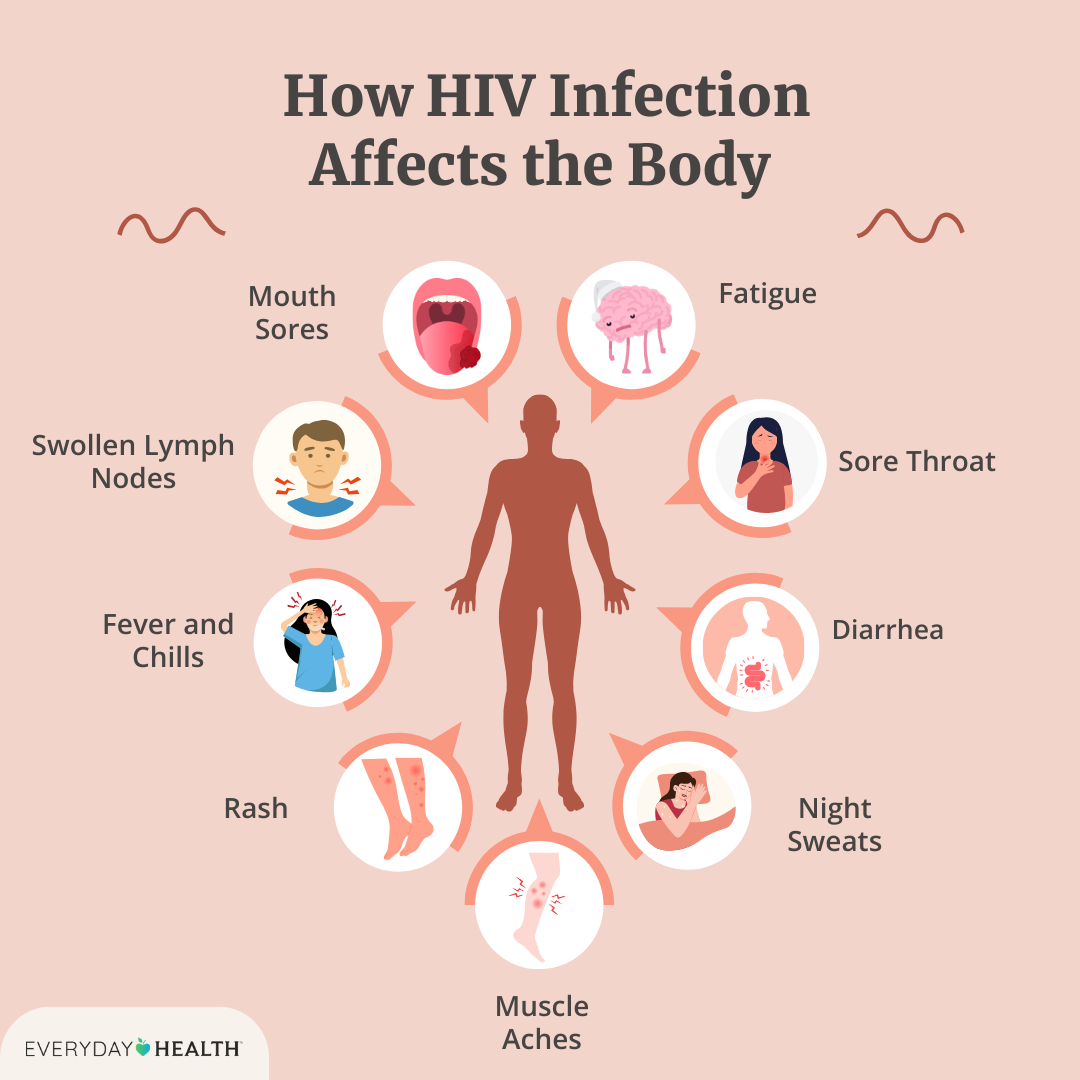A pregnant patient is in premature labor. Which class of drug will you question?
Beta2 agonist
Anticholinergic
Beta2 antagonist
Alpha1 agonist
The Correct Answer is C
Choice A Reason:
Beta2 agonists, such as terbutaline, are commonly used to manage premature labor. These drugs work by stimulating beta2 adrenergic receptors in the smooth muscles of the uterus, leading to relaxation and suppression of contractions. Therefore, questioning the use of a beta2 agonist in this scenario would not be appropriate.
Choice B Reason:
Anticholinergic drugs are not typically used to manage premature labor. They work by blocking the action of acetylcholine in the nervous system, which can lead to various effects such as reduced secretions and relaxation of smooth muscles. However, they are not specifically indicated for stopping uterine contractions, so questioning their use in this context is less relevant.
Choice C Reason:
This is the correct answer. Beta2 antagonists, also known as beta-blockers, work by blocking beta2 adrenergic receptors, which can lead to increased uterine contractions. Using a beta2 antagonist in a patient experiencing premature labor would be counterproductive and could exacerbate the condition. Therefore, it is appropriate to question the use of beta2 antagonists in this scenario.
Choice D Reason:
Alpha1 agonists are not typically used in the management of premature labor. These drugs stimulate alpha1 adrenergic receptors, leading to vasoconstriction and increased blood pressure. They do not have a direct effect on uterine contractions, so questioning their use in this context is less relevant.
Nursing Test Bank
Naxlex Comprehensive Predictor Exams
Related Questions
Correct Answer is D
Explanation
Choice A Reason:
The prodromal stage refers to the period during which early symptoms of a disease appear but are not yet specific or severe. This stage is often associated with infectious diseases where initial symptoms like fever, malaise, and fatigue occur before more specific symptoms develop. In the context of HIV, the prodromal stage would not be applicable as it refers to the early symptomatic phase rather than a period without symptoms.
Choice B Reason:
Remission is a term used to describe a period during which the symptoms of a disease are reduced or disappear. This term is commonly used in the context of chronic diseases such as cancer or autoimmune disorders. For HIV, remission would imply a reduction in viral load and symptoms due to effective treatment, but it does not describe the asymptomatic phase following initial exposure.
Choice C Reason:
Exacerbation refers to the worsening or flare-up of symptoms in a chronic disease. This term is often used in conditions like asthma or multiple sclerosis where symptoms can become more severe periodically. In the context of HIV, exacerbation would describe periods where symptoms become more pronounced, not the asymptomatic phase after initial exposure.
Choice D Reason:
The latent stage, also known as the clinical latency stage or asymptomatic HIV infection, is the period after initial HIV exposure when the virus is present in the body but not causing any symptoms. During this stage, HIV continues to replicate at low levels, and the individual may not feel sick or show any signs of the disease. This stage can last for several years, especially with effective antiretroviral therapy.

Correct Answer is C
Explanation
Choice A Reason:
An idiosyncratic effect is an unusual or unexpected reaction to a drug that is not related to the dose and is not a common side effect. These reactions are often due to genetic differences in metabolism or immune response. In this case, shortness of breath is a known reaction for some patients taking the drug, so it is not considered idiosyncratic.
Choice B Reason:
A teratogenic effect refers to a drug’s potential to cause developmental abnormalities in a fetus when taken by a pregnant woman. Since the patient is experiencing shortness of breath, which is a known reaction to the drug, this choice is not relevant to the situation.
Choice C Reason:
This is the correct answer. A side effect is a secondary, typically undesirable effect of a drug or medical treatment. Since the nurse found that shortness of breath is a known reaction for some patients taking the drug, it is classified as a side effect. The nurse should report this to the provider to ensure proper management and monitoring.
Choice D Reason:
The symptom of shortness of breath is related to the medication administration, as confirmed by the drug administration manual. Therefore, this choice is incorrect. The nurse must report the side effect to the provider for appropriate action.
Whether you are a student looking to ace your exams or a practicing nurse seeking to enhance your expertise , our nursing education contents will empower you with the confidence and competence to make a difference in the lives of patients and become a respected leader in the healthcare field.
Visit Naxlex, invest in your future and unlock endless possibilities with our unparalleled nursing education contents today
Report Wrong Answer on the Current Question
Do you disagree with the answer? If yes, what is your expected answer? Explain.
Kindly be descriptive with the issue you are facing.
